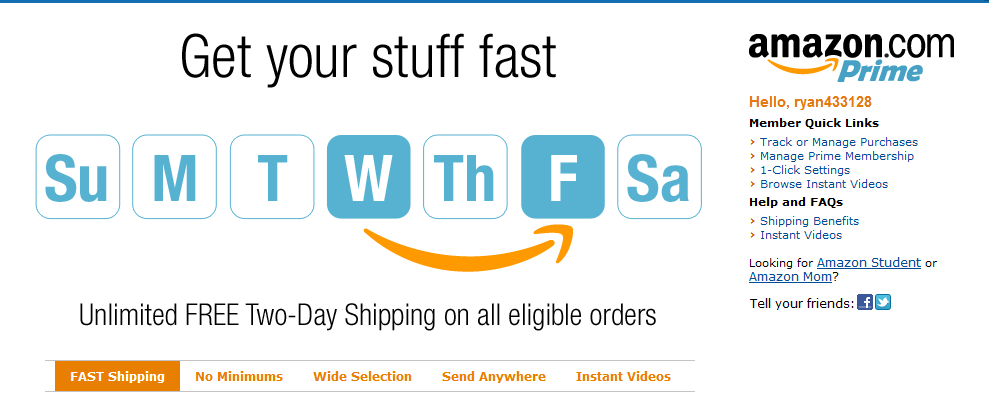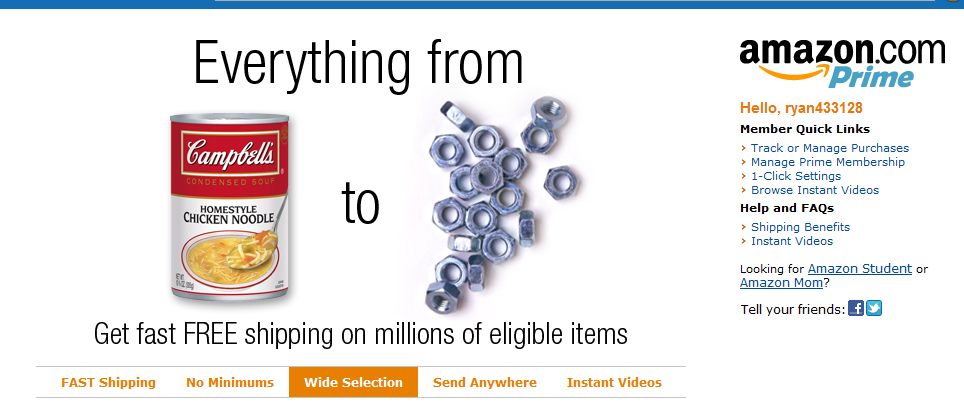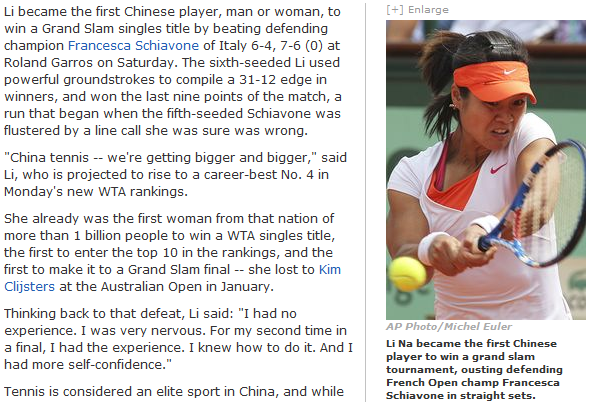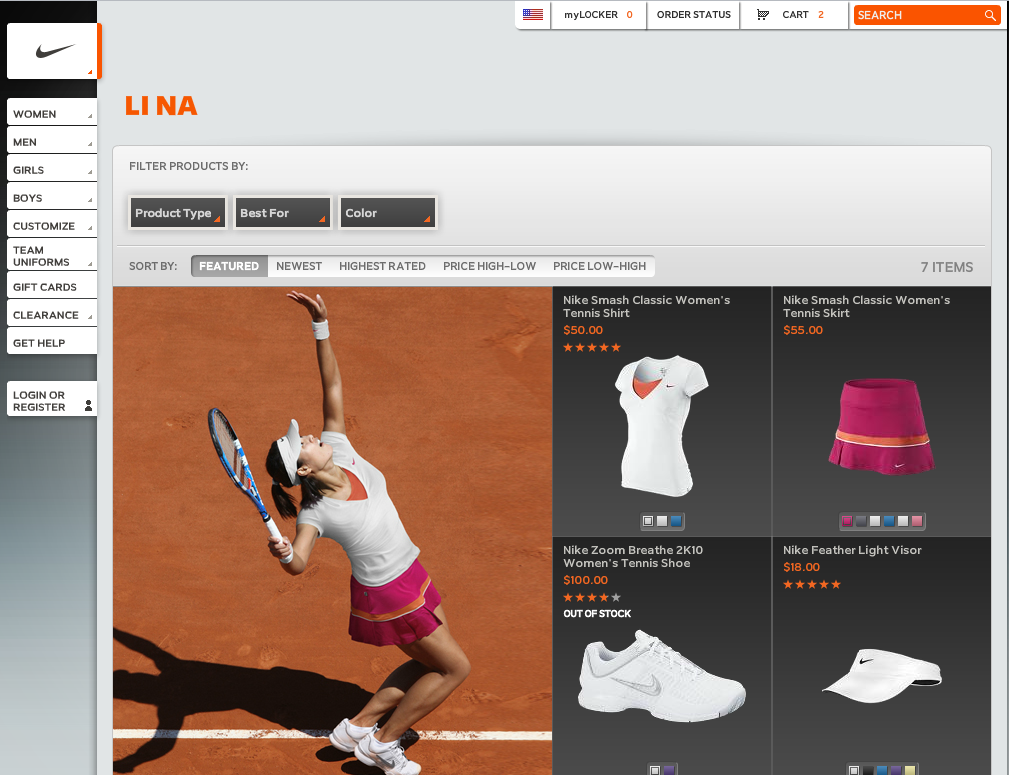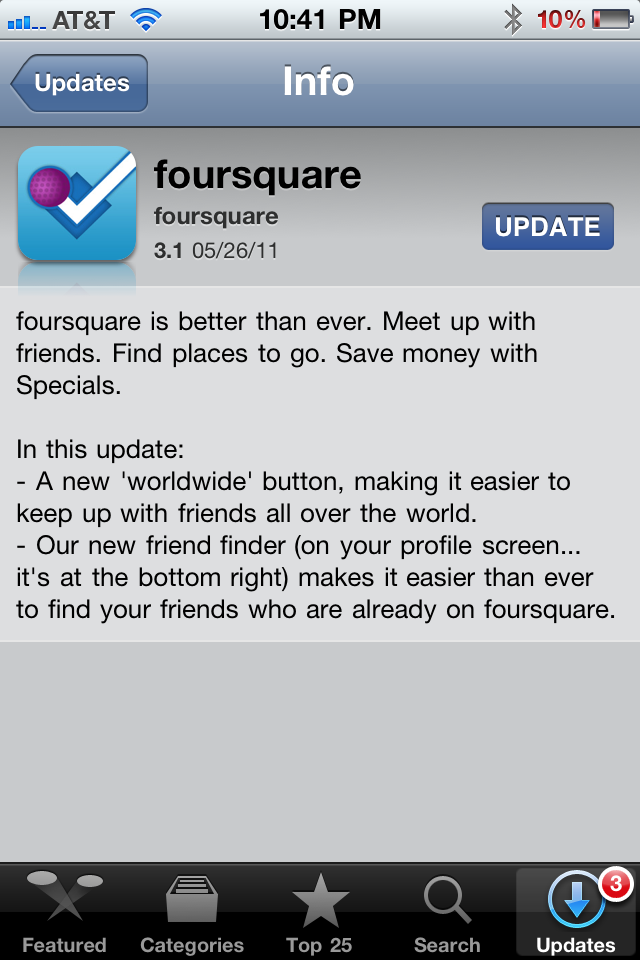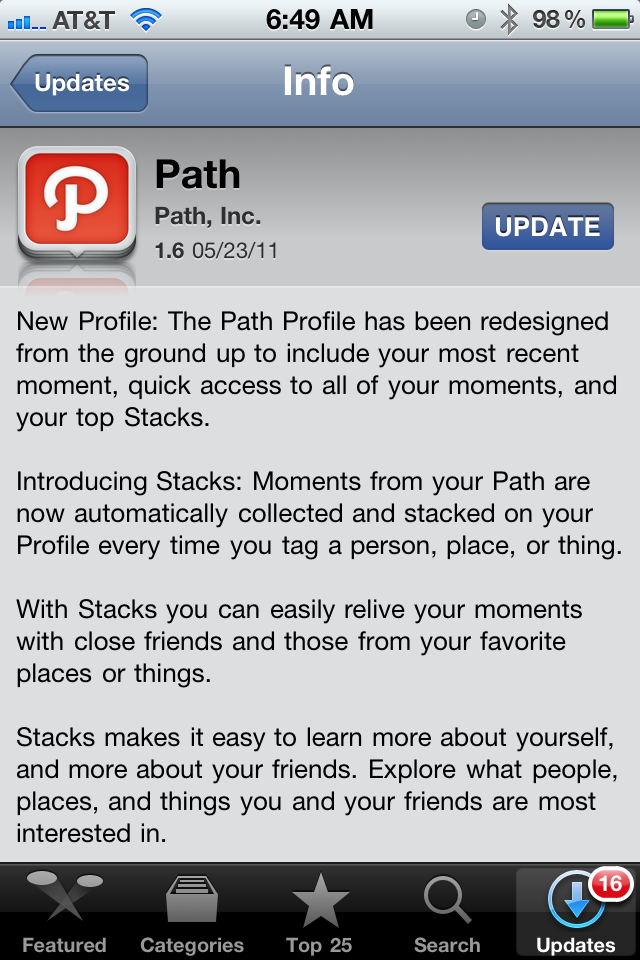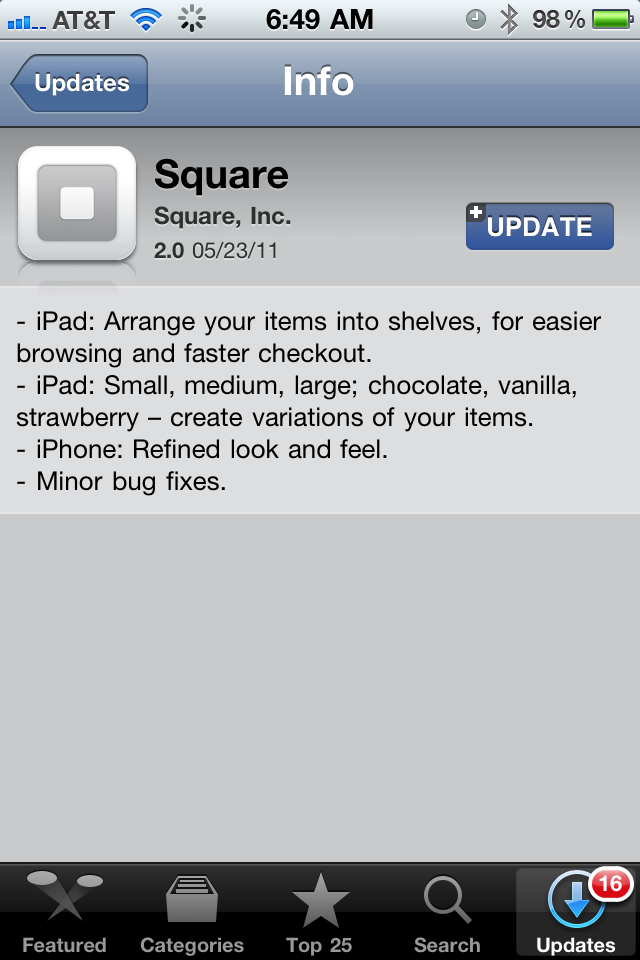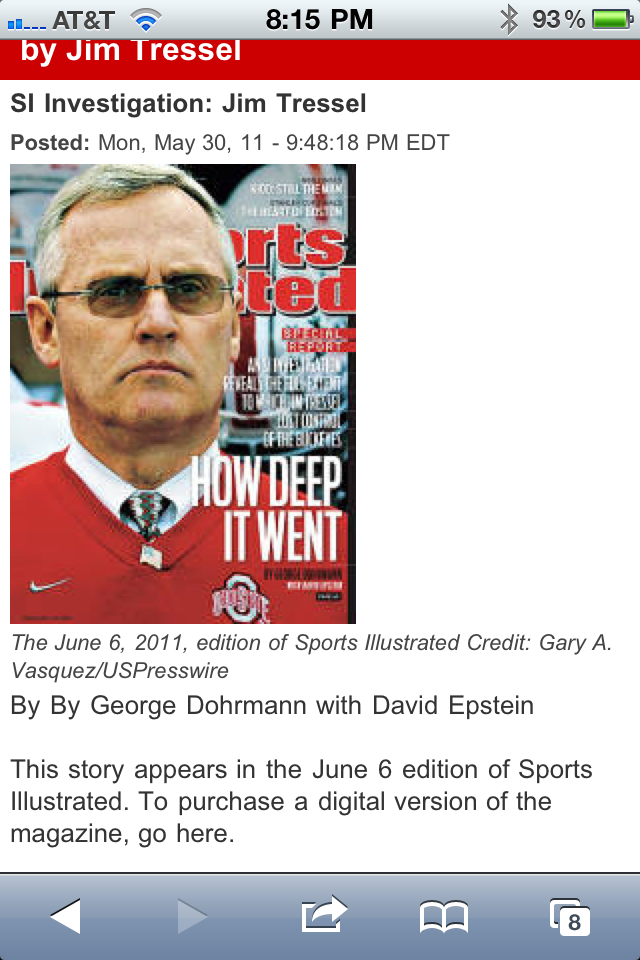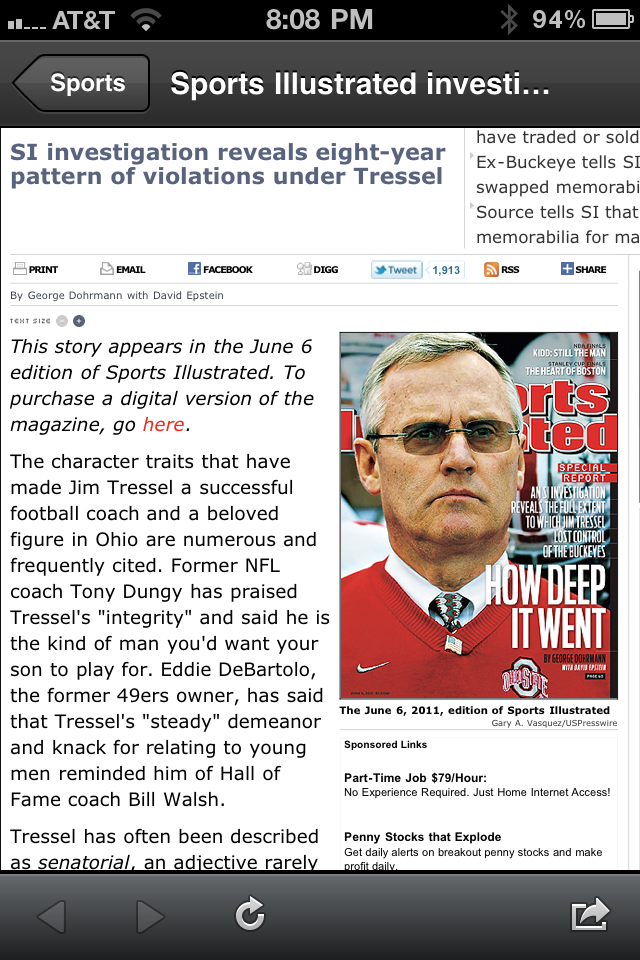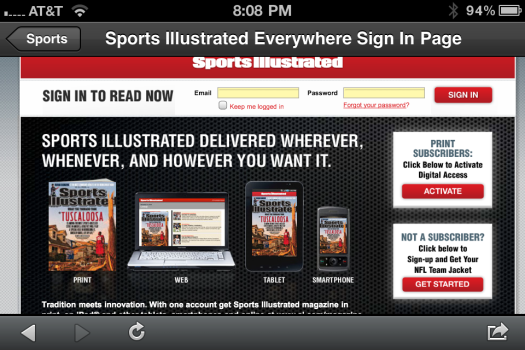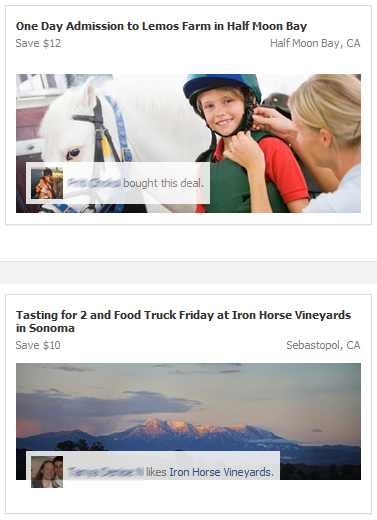As Google continues to focus on HTML5 mobile experiences (and do it very well), they have to think about systematically driving usage... which, for mobile, requires 'desktop' real estate. And with core mobile applications, the app store's represent both distribution and the potential of screen real estate (ie icons / launch buttons). Google's strategy of focusing the mobile web experience is a good one... and it's shared by Facebook. But they both know that getting adoption relies on either deep OS integration or getting icons on the home screen.
So, when you visit Google Maps and their revamped web product (it too is done very well), they immediately and prominently prompt users to download the 'quick start' icon. Google has used this same tactic with YouTube (example here) - it's smart, effective and easy to integrate.
Yet another powerful example of "in the river" promotion / marketing.



